In the vast and mysterious world of big cats, communication is not just about roaring and growling. These majestic creatures have evolved complex body language to convey messages, not only within their own species but also across different species. This remarkable ability to “speak” without words showcases the intelligence and adaptability of these magnificent animals. For cat enthusiasts and wildlife lovers alike, understanding the nuanced gestures and movements of big cats can provide an enriching glimpse into their world.
Lions: The Social Communicators
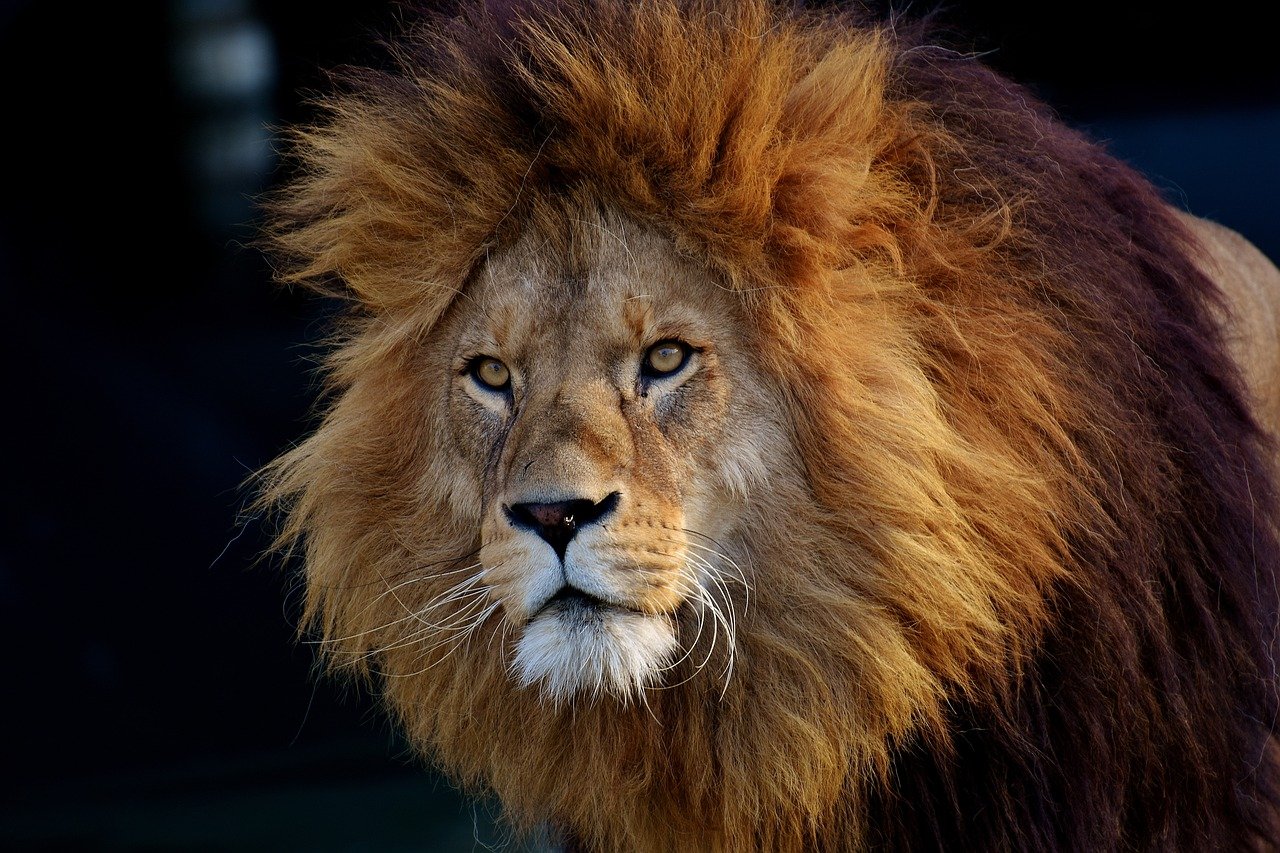
Lions are known for their social structures, living in prides that require strong communication skills. They utilize body language extensively to maintain harmony and express dominance. For instance, a lion may lower its head and flatten its ears to signal submission to a more dominant member. This gesture is often accompanied by avoiding direct eye contact, which signifies respect in the lion kingdom. Conversely, a lion standing tall with a high tail and forward-facing ears is asserting its dominance. Lions also use their tails to communicate; a gentle flick can signal irritation or impatience. These subtle cues help them navigate the complex social hierarchies of their prides.
Tigers: The Solitary Artists
Tigers, on the other hand, are solitary creatures, but that doesn’t mean they lack in the art of communication. They use body language to establish territory and convey mood. A tiger marking its territory can be seen rubbing its face against trees, leaving scent marks that tell others to stay away. When tigers meet, they may exhibit a rare behavior known as “chuffing,” a friendly greeting that involves a series of short, repeated sounds. Body postures such as crouching low with ears back can signal aggression or readiness to pounce. Tigers have mastered the art of non-verbal communication, ensuring their survival in the wild.
Leopards: The Silent Stalkers
Leopards are the epitome of stealth and grace, using body language to communicate while hunting and interacting with others. When stalking prey, a leopard’s body becomes a perfect blend with its surroundings, moving silently with eyes fixed on the target. This behavior is a signal of focus and intent. Leopards also use tail positions to express emotions; a tail held high indicates curiosity or playfulness, while a low, sweeping tail may suggest tension. Among other leopards, a head-bob or a slow blink can act as a friendly gesture, reducing potential conflicts in their solitary lifestyle.
Cheetahs: The Speed Ambassadors
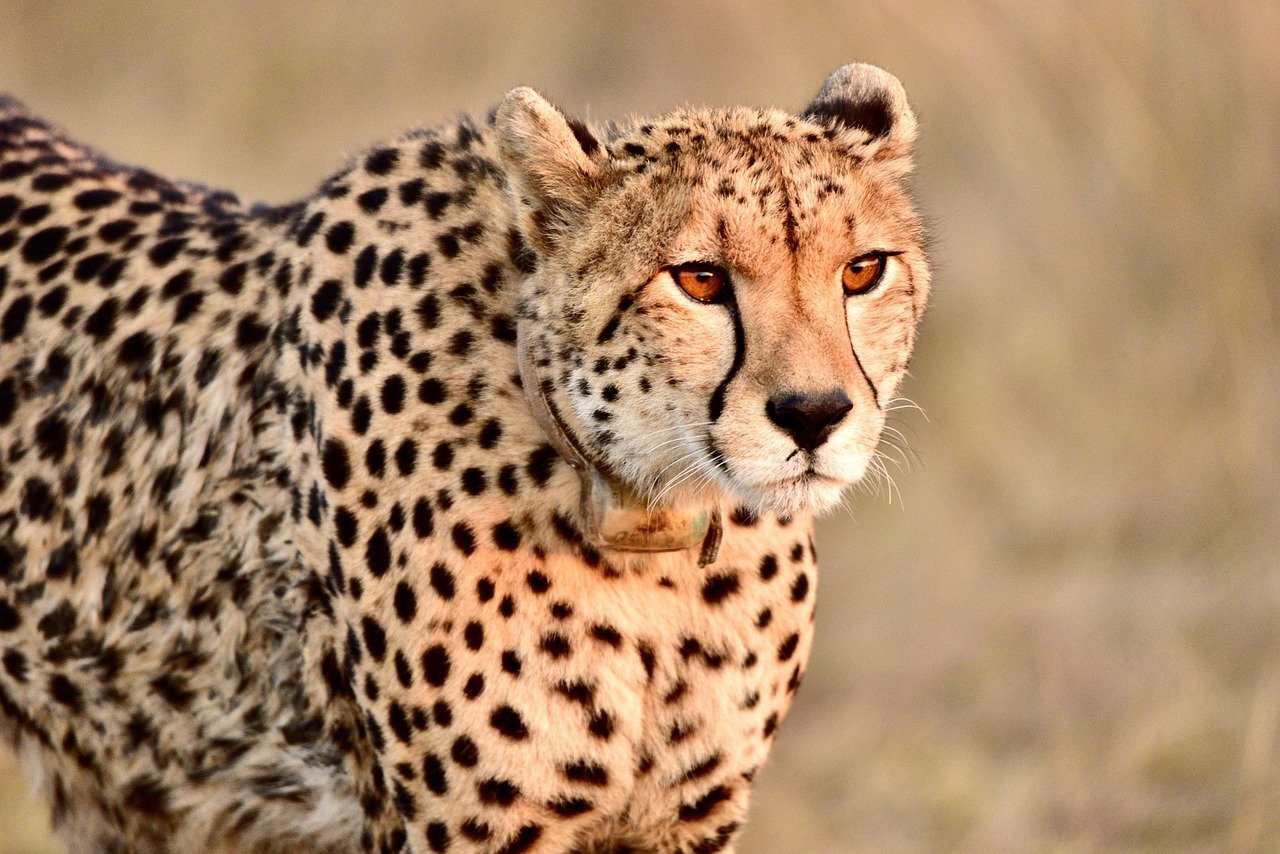
Cheetahs, known for their incredible speed, rely heavily on body language to communicate during hunts and social interactions. A cheetah’s posture during a hunt is a dynamic dance of tension and release, with muscles coiled and eyes locked on the prey. Once the hunt is over, cheetahs use facial expressions and tail movements to communicate with their cubs and coalition members. A raised tail can act as a signal flag for cubs to follow, ensuring they stay close and safe. When meeting unfamiliar cheetahs, they may bow their head and lower their body, a gesture of submission to avoid unnecessary confrontation.
Snow Leopards: The Highland Communicators
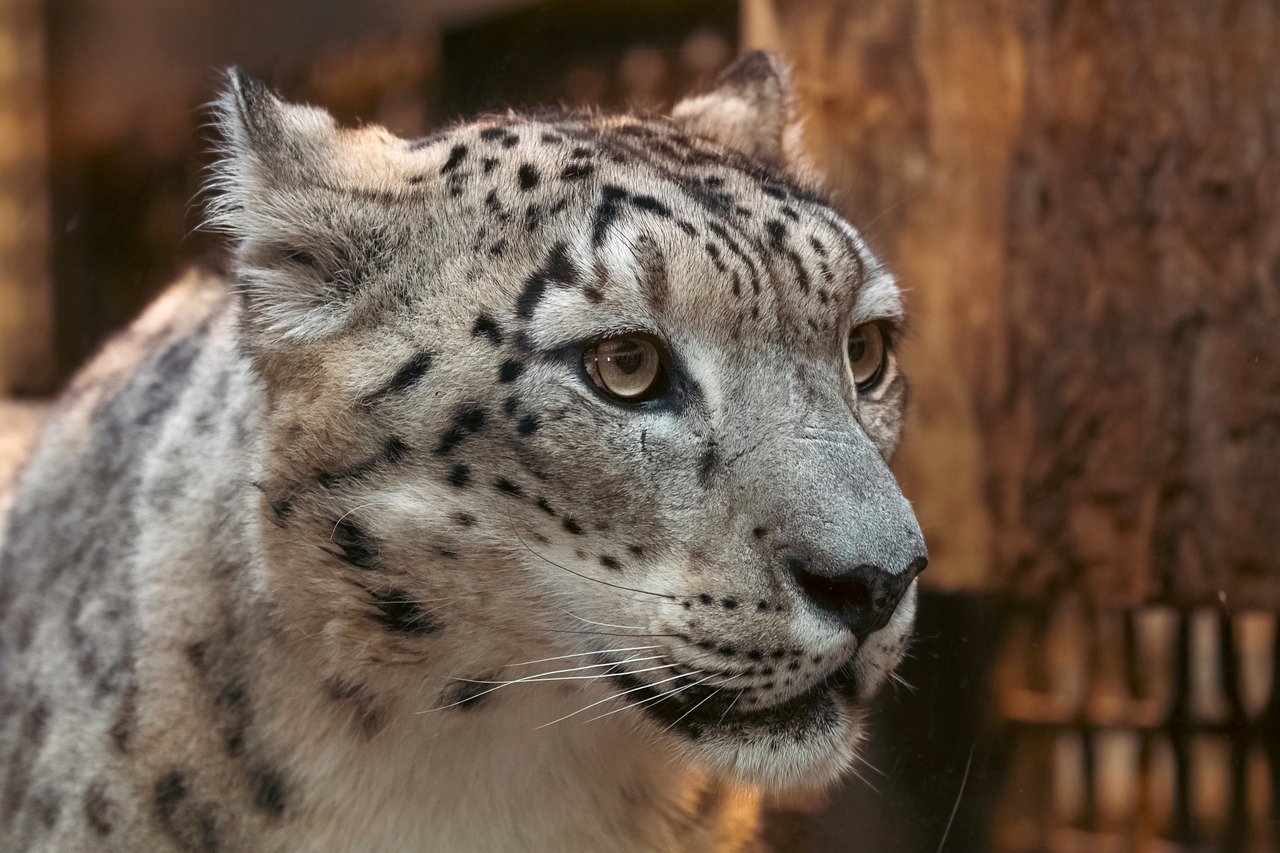
In the remote mountain ranges, snow leopards have adapted unique ways to communicate through body language. These elusive cats use their long, bushy tails not only for balance but also as communication tools. A snow leopard wrapping its tail around its body can signify contentment or warmth in cold climates. When encountering other snow leopards, they may engage in “tail swishing,” a behavior that can indicate curiosity or mild irritation. Their facial expressions, such as a relaxed open mouth or narrowed eyes, help convey mood and intention in the sparsely populated highlands.
Jaguars: The Jungle Whisperers
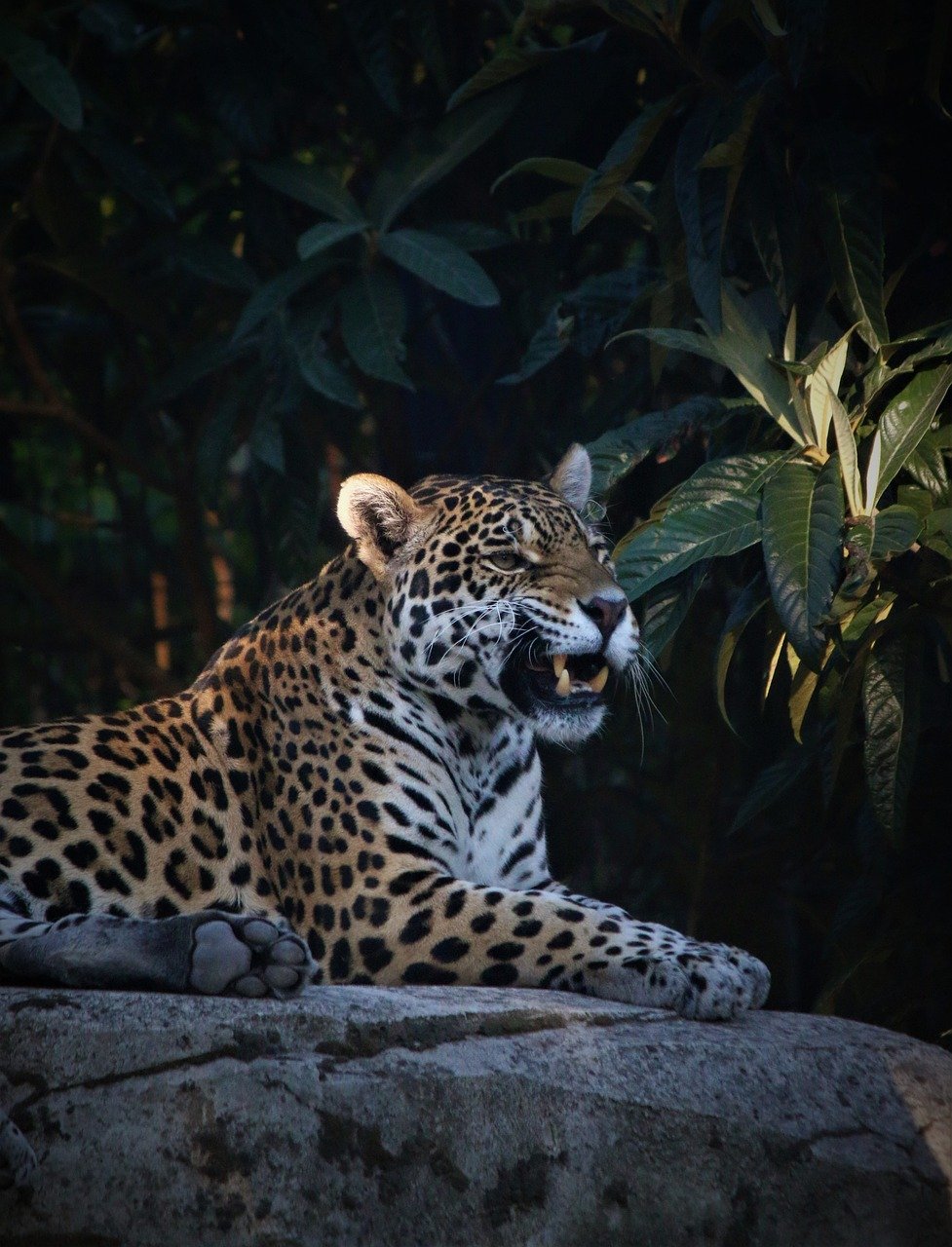
Jaguars, often referred to as the guardians of the jungle, have a distinct way of communicating through body language. They use their muscular bodies to express strength and dominance, often standing tall with a steady gaze. When they wish to avoid conflict, jaguars may lower their heads and avert their eyes, showing submission or disinterest. During encounters with other jaguars, a slow, deliberate walk with upright ears can signal confidence and territorial claims. Their powerful tails also play a role in communication, with slow, sweeping motions indicating calmness and rapid flicks suggesting agitation.
Pumas: The Mountain Shadows
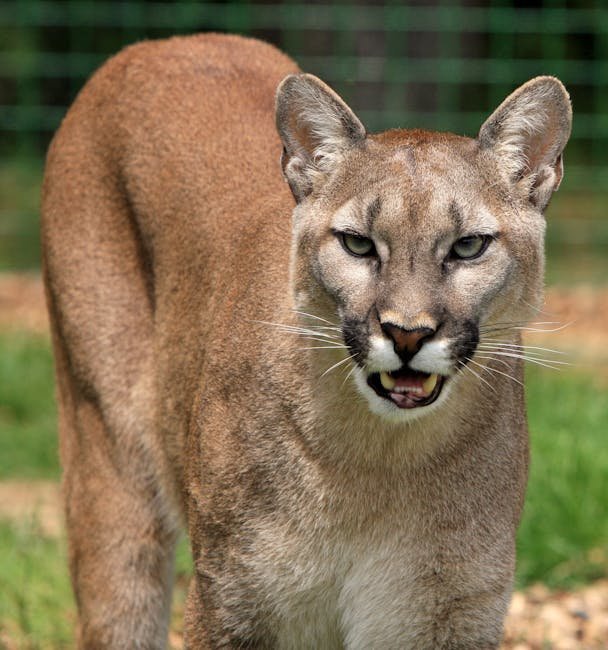
Pumas, also known as cougars or mountain lions, are adept at using body language to navigate their solitary lives. These adaptable cats use their sleek, muscular bodies to express emotions and intentions. When feeling threatened, a puma might arch its back and fluff its fur to appear larger and more intimidating. In contrast, a relaxed puma may lower its body and gently sway its tail, signaling calmness. Pumas also use facial expressions, such as a relaxed muzzle or narrowed eyes, to convey contentment or focus. These subtle cues help them communicate effectively in their diverse habitats.
Lynxes: The Forest Communicators
Lynxes, with their tufted ears and short tails, have developed unique ways to communicate through body language in their forested homes. They use ear tufts to enhance hearing and convey mood, with forward-facing tufts indicating alertness and backward-facing ones suggesting irritation. A lynx may also use its body posture to express dominance or submission, standing tall with a puffed chest or crouching low with a lowered head. In social interactions, a lynx might softly purr or emit a gentle growl, using vocalizations alongside body language to communicate effectively with others in its territory.
Clouded Leopards: The Arboreal Acrobats
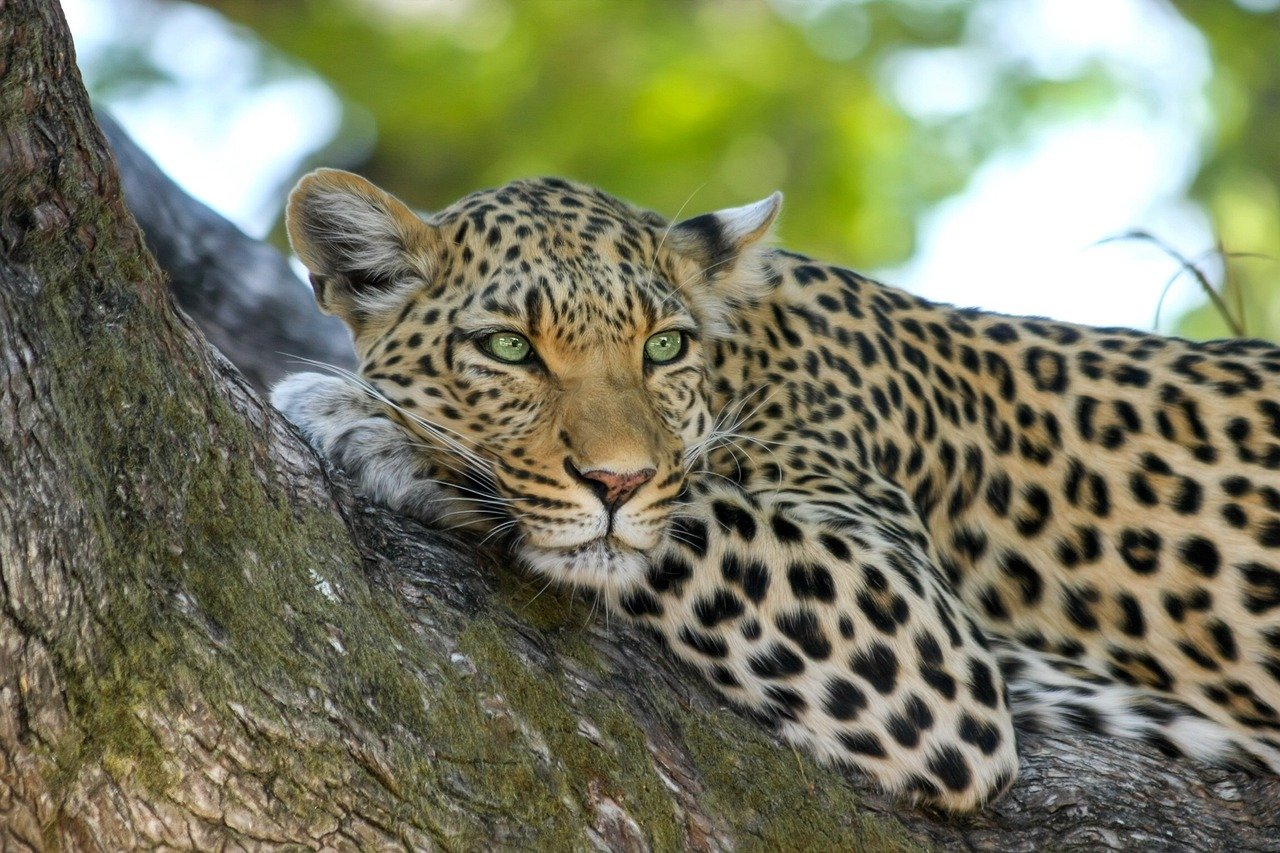
Clouded leopards, known for their arboreal lifestyle, use body language to communicate both on land and in trees. Their long, flexible tails help them balance and signal intentions while navigating branches. When feeling threatened, a clouded leopard might flatten its ears and arch its back, creating an imposing silhouette. In contrast, a relaxed clouded leopard may drape its tail and limbs loosely, indicating calmness. During social interactions, they use gentle head nudges and slow blinks to express friendliness, reducing tension in their often solitary existence.
Caracals: The Desert Dancers
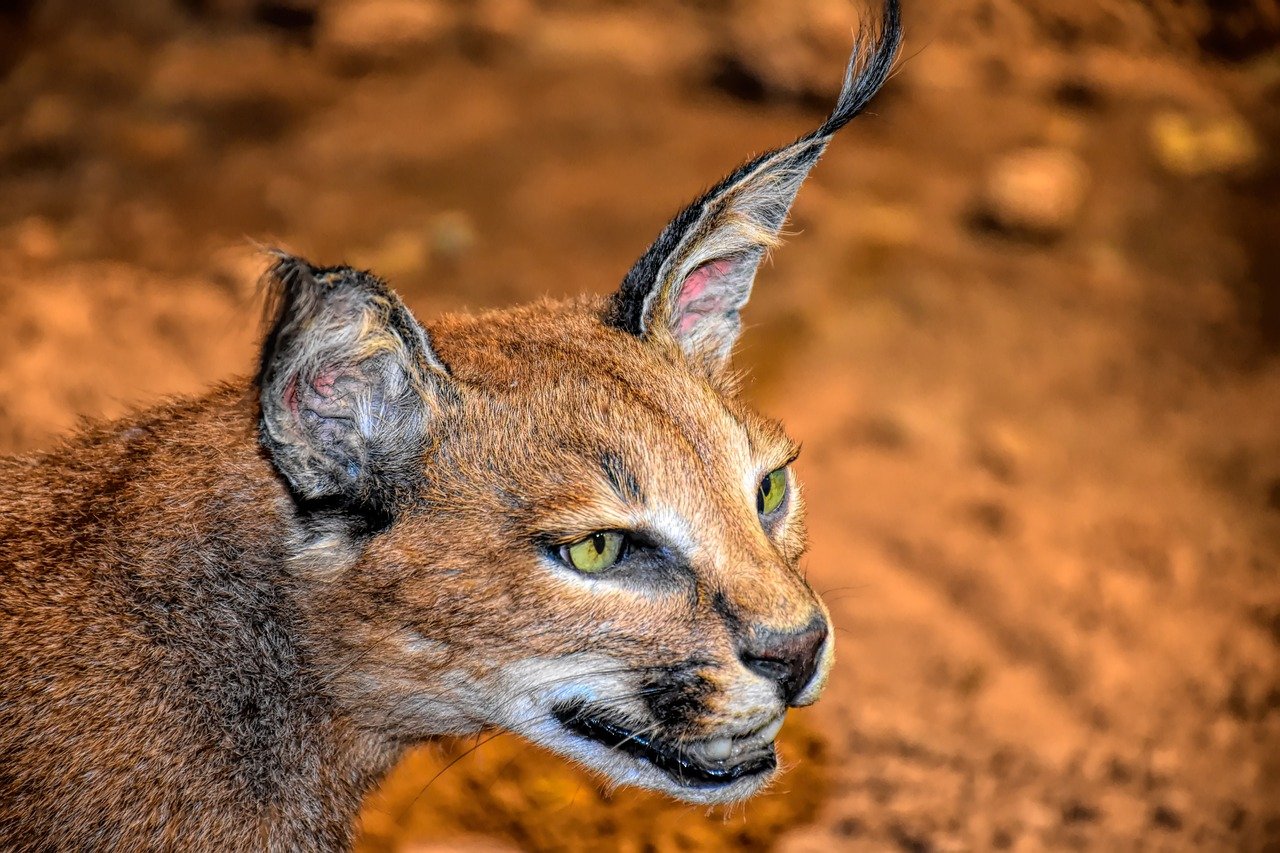
Caracals, with their striking ear tufts and agile bodies, have developed an elegant form of communication through body language. These desert-dwelling cats use their ears to convey emotions and intentions, rotating them to enhance hearing and express mood. A caracal may also use its body posture to signal readiness or relaxation, arching its back and fluffing its fur when threatened or reclining with a gentle sway of its tail when at ease. In social encounters, caracals might engage in playful pouncing or gentle nuzzling, using these gestures to communicate curiosity and affection in their arid habitats.
The diverse world of big cats reveals a tapestry of communication that goes beyond vocalizations, showcasing the intricate body language that connects them across species. Understanding these gestures not only deepens our appreciation for these magnificent creatures but also highlights the universal language of nature.
Hi, I’m Bola, a passionate writer and creative strategist with a knack for crafting compelling content that educates, inspires, and connects. Over the years, I’ve honed my skills across various writing fields, including content creation, copywriting, online course development, and video scriptwriting.
When I’m not at my desk, you’ll find me exploring new ideas, reading books, or brainstorming creative ways to solve challenges. I believe that words have the power to transform, and I’m here to help you leverage that power for success.
Thanks for stopping by, Keep coming to this website to checkout new articles form me. You’d always love it!





